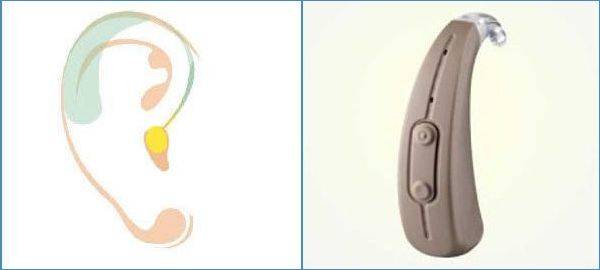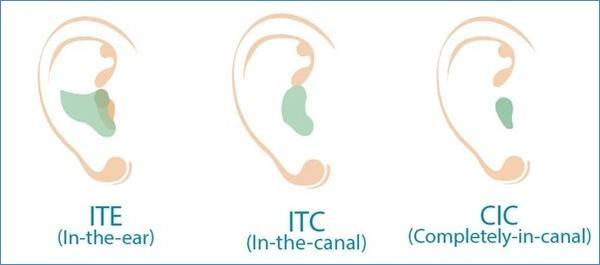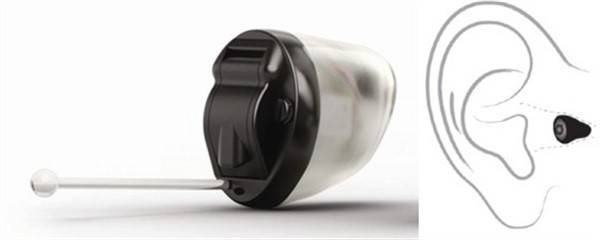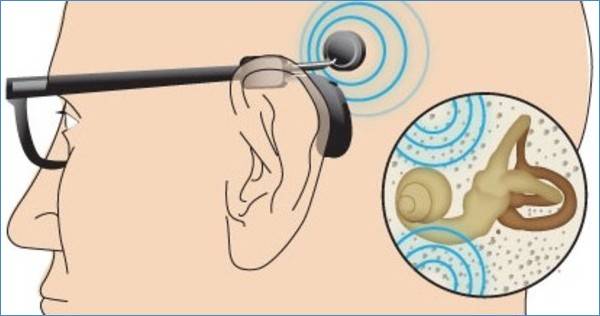New developments in Digital Hearing Aids are very frequent. Digital technology has enabled Companies to manufacture small hearing aid machines. User-friendly fitting and features increase hearing aid usage. Use of Hearing aids is important for people suffering from Hearing loss.
Read about the tips to convince your parents or elderly acquaintances to use hearing aids. A wide range of different styles and types of Hearing aids are now available. This has added to the confusion and made selection difficult. In this article, we will explain the different types of Hearing aids.
Table of Contents
- What are the Different Types of Hearing Aids?
- Behind the Ear or BTE Hearing Aid
- Open Fit Hearing Aids
- Receiver in Canal or RIC Hearing Aid
- In the Ear or ITE Type of Hearing Aids
- Bone Conduction Hearing Aids
- BiCROS and CROS Hearing Aids
Modern day Hearing aid machines have evolved. From the bulky body worn type to the small invisible Hearing aid. In this article, we will not consider the Body worn or the Pocket model. These types of Hearing aids are almost obsolete. None of the reputed global Companies manufacture this type anymore. Siemens Hearing aids or Sivantos Pte Ltd did offer pocket models in a few Asian Countries. As per the latest reports, the production of these types of Hearing aids has stopped. Hearing aid price is one of the reasons people use the Pocket model as they are very economical to buy and maintain.
What are the Different Types of Hearing Aids?
The following are the types of hearing aids available.
- Behind The Ear or BTE Hearing Aid
- Open Fit Hearing Aid
- Receiver in Canal or RIC Hearing Aid. Also called Receiver in The Ear or RITE Hearing Aid
- In The Ear or ITE Hearing Aid
- In the Canal or ITC Hearing Aid
- Completely in Canal or CIC Hearing Aid
- Invisible in Ear or IIC Hearing Aid
- Bone Conduction Hearing aid
- CROS and BiCROS Hearing Aids
Behind the Ear or BTE Hearing Aid

As the name suggests, these type of hearing aids fit behind the ear. The shape and design of the hearing aid body is as per the shape of our ear. A transparent silicone tube carries the signal from the hearing aid to the ear canal.
Advantages of BTE Hearing Aids.
- Due to the big size of these types of Hearing aids, it can deliver more output. Big internal components like the receiver can deliver High output. This is suitable for people suffering from Profound hearing loss.
- These types of Hearing aids are advisable for elders with unsteady hands. The buttons and batteries are also big in size. They can put it on, remove and adjust the Hearing aid by themselves.
- It is economical to maintain as the batteries last longer.
- Repairs and servicing are economical.
- These type of hearing aids do not break easily. The body material is ABS plastic (Acrylonitrile butadiene styrene) which is very sturdy.
Open Fit Hearing Aids
These types of Hearing aids look identical to the conventional BTE’s. The only difference is that the tip which goes into the ear is not fully sealed. In the conventional hearing aid, the tip is totally sealed. This type of hearing aid is mainly for people suffering from High frequency Hearing loss.
Advantages of Open Fit Hearing Aids
- Suitable for people with high frequency hearing loss.
- Small in size as they are mostly for Mild and Moderate Hearing loss.
- The tube from the Hearing aid to the ear is very thin, almost invisible.
- The open fit design gives a very natural hearing.
- Due to the open tip, there is no occlusion effect
- Since the ear tip is partly open, it does not give the blocked ear feeling.
Receiver in Canal or RIC Hearing Aid

These types of Hearing aids are the next generation of BTE’s. In a conventional BTE, all the components are in the plastic housing or body. The transparent silicone tube carries the sound signal from the hearing aid to the ear. In the RIC type of Hearing aid, the receiver fits in the ear. Thin wires connect the hearing aid to the receiver. These types of Hearing aids are also known as RITE Hearing aid or Receiver in the Ear.
Advantages of Receiver in Canal or RIC Hearing Aids
- The Hearing aid is small in size. As the receiver is outside the body. Can be easily hidden behind the ear.
- Lesser battery power needed to deliver more sound output. As the receiver is close to the eardrum.
- The Receiver can be easily upgraded from Mild to Moderate and Moderate to severe. This increases the power output of the Hearing aid without spending for a new hearing aid. One can buy a new Receiver.
- The external Receiver can be changed without sending to the service centre.
In the Ear or ITE Type of Hearing Aids
These types of Hearing aids are generally called In the Ear Hearing aids. They are smaller than the BTE and fit inside the ear.
These types of hearing aids are further subdivided as under:

ITE Hearing Aid
Fits in the Concha or outer the part of the ear. The major advantage of this type of Hearing aid is that it can deliver more power output. Since the Hearing aid machine size is large, use of bigger high power components is possible.
ITC Hearing Aid
Smaller in size to the ITE Hearing aid. These types of Hearing aids use smaller components. The small size helps in inserting part of the hearing aid into the canal. The advantage is that only a very small part of the hearing aid is visible.
CIC Hearing Aid
These types of Hearing aids are smaller than the ITE and ITC. We can insert the complete hearing aid in the ear canal. The advantage is that the hearing aid is almost invisible.
IIC Hearing Aid

These types of hearing aids are the latest in the In the Ear category. The hearing aid is so small that it fits deep into the ear canal. It almost touches the eardrum. The advantage is that it is completely invisible. It is not visible even if observed from close quarters. For more details read about the pros and cons of Invisible Hearing aids.
Bone Conduction Hearing Aids

These type of Hearing aids are suitable for people suffering from conductive Hearing loss. They are suitable for people suffering from mixed hearing loss as well. Bone conduction hearing aids help people who cannot hear with conventional hearing aids. The hearing aid machine converts the speech to mechanical vibrations. The bone conduction hearing aid transfers these vibrations to our skull. The inner ear picks up the vibrations from the skull. The advantage in these types of hearing aids is that they combine with reading glasses. The hearing aid circuit is in the arm of the spectacles.
BiCROS and CROS Hearing Aids
CROS stands for Contralateral Routing of Signals. In simple terms, it means that the sound picked up from one side and is relayed to the other side. This type of hearing aid is suitable for persons having hearing loss in one ear or single sided deafness. BiCROS is Bilateral Contralateral Routing of Signals. This is suitable for people having hearing loss in both ears.
The hearing aid picks up sound from the side which is completely deaf. It relays the sound to the other ear which is better. The advantage is that the person does not miss out on any speech. Even if the person is talking from the side which is totally deaf.
Hearing aid technology is advancing rapidly. The manufacturers are offering features which are very user friendly. One must use hearing aids in case of Hearing loss. Not using hearing aids can cause self-isolation, loss of self-esteem and depression.

